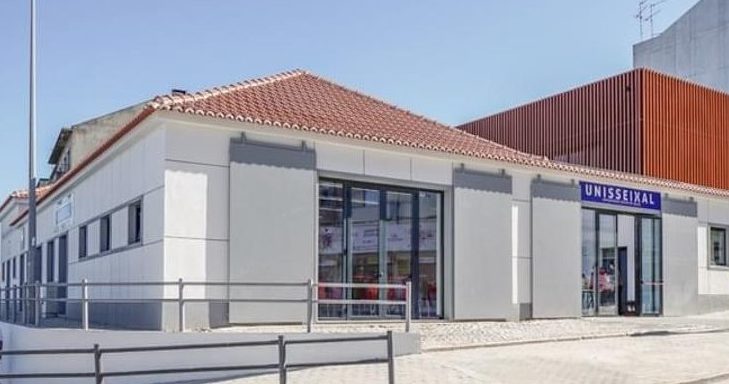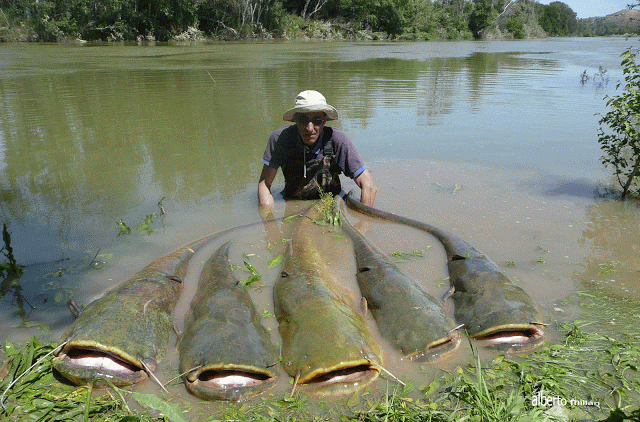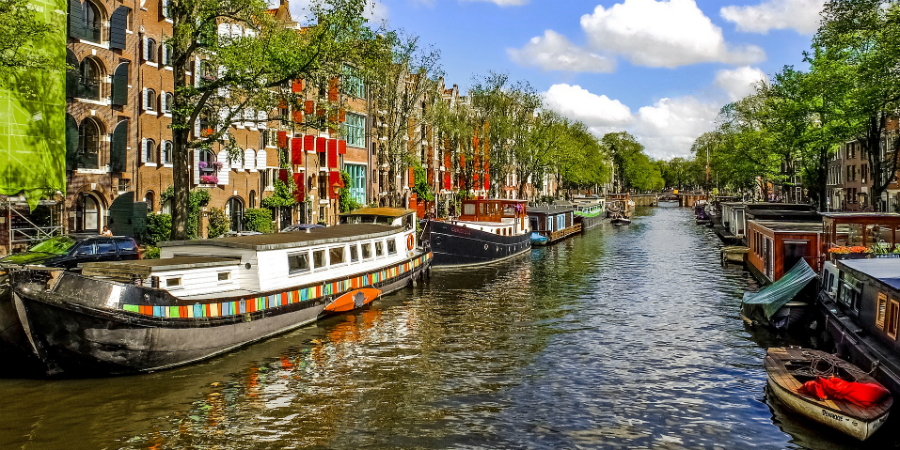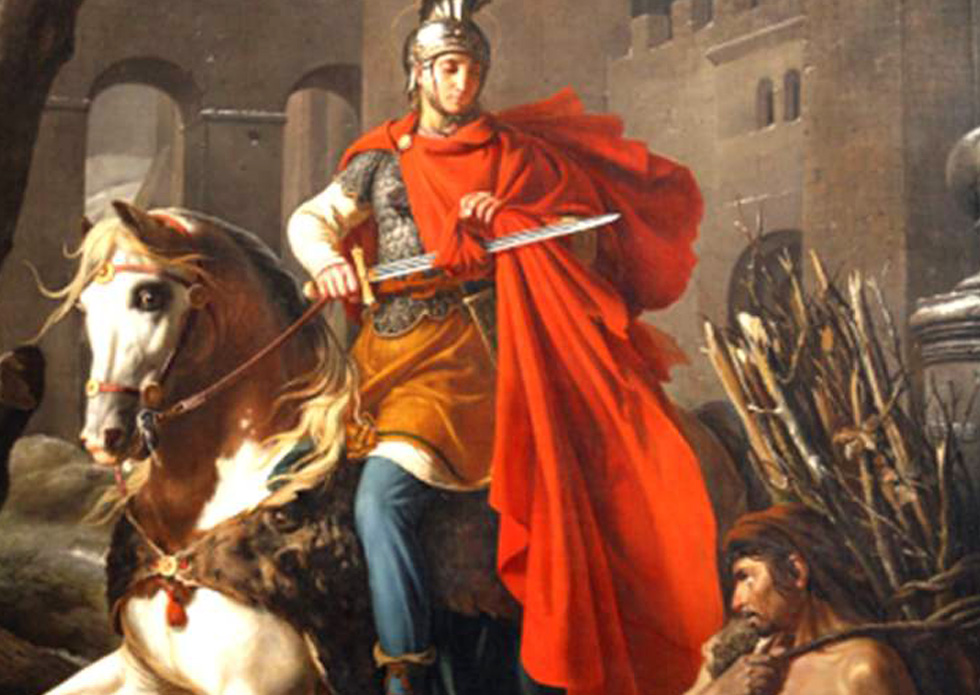It is the third largest river fish in the world, it can reach 2.80 meters and weigh about 120 kg. The seahorse invaded the Tagus River and is reproducing and dominating the fauna of this river ‘like a lion’. And not just fish, as there are reports of hunting ducks and pigeons on the banks. In the …
Composition
Lets just say that The Netherlands is a very special place! The Netherlands is a country with many advantages, especially for the tourist. And with only a few disadvantages… The main disadvantage is that the Netherlands has: too much of everything. It is hard to believe how many possíbilities there are for things to see …
World kindness day
It’s World Kindness Day today, Friday the 13th. Wait, is that a joke? Friday the 13th? Maybe it seems like there is no time to be kind. The world, however, seems to be crying out in pain. It’s hungry and war-torn, with icebergs melting, animals going extinct and a pandemic killing thousands of people daily. …
Dia São Martinho
O ditado é imperativo: no dia de São Martinho, vai à adega e prova o vinho . Parece haver, assim, uma ligação estreita entre esta data e os ciclos da terra, numa altura de fecho das colheitas – e do término da vindima. Desta forma, acaba-se o ano agrícola aproveitando as provisões que a natureza …




